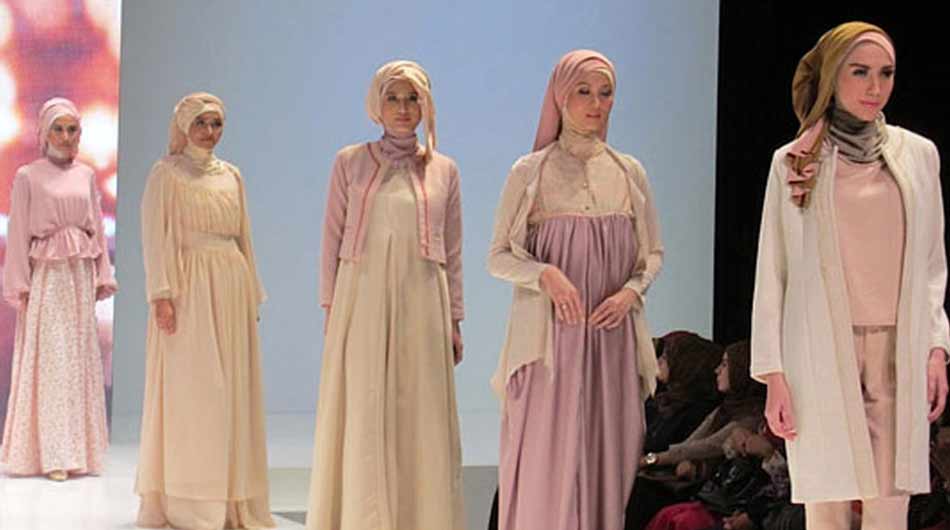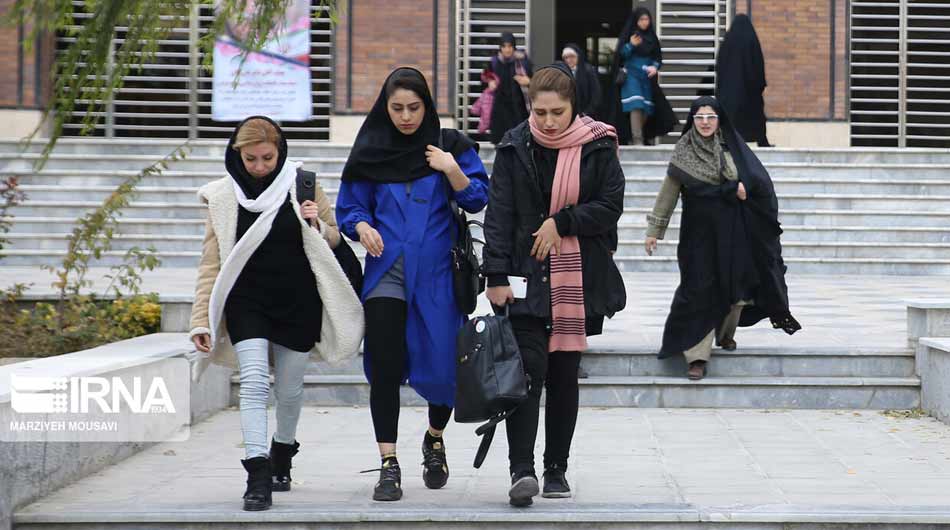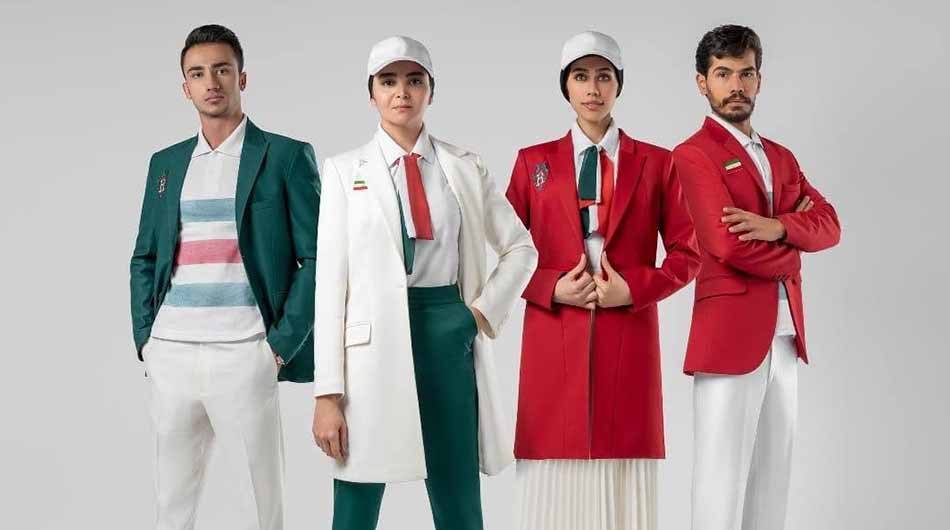How to Dress as a Tourist When Traveling to Iran
Dressing appropriately in Iran is not just about adhering to the law but also about respecting the culture and traditions of the host country. While the dress code might require some adjustments to your usual style, it’s an opportunity to experience and embrace a different way of dressing. With a little preparation and understanding, you can ensure that your attire is both respectful and comfortable, allowing you to fully enjoy the rich experiences that Iran has to offer.
Traveling to Iran is a unique and enriching experience, offering a blend of ancient history, rich culture, and breathtaking landscapes. However, dressing appropriately is crucial to ensure respect for local customs and to have a comfortable and hassle-free journey. Here’s a comprehensive guide on how to dress as a tourist when traveling to Iran.
Understanding the Cultural Context
Iran is an Islamic Republic, and its dress code reflects Islamic principles. The dress code, particularly for women, is enforced by law, and understanding these requirements is essential. While it might seem restrictive at first, adhering to these guidelines can enhance your experience by showing respect for the local culture and fostering positive interactions with locals.
Dress Code for Women
Headscarf (Hijab):
Women must wear a headscarf (hijab) that covers their hair when in public. While it doesn’t have to be tightly wrapped, it should cover the hair and neck. A loose, breathable scarf can be more comfortable, especially in warmer weather. Scarves with vibrant colors and patterns are acceptable and can even be a fashion statement.
Tunic or Long Top:
The top should cover the hips and be loose-fitting. A tunic or a long-sleeve blouse that reaches mid-thigh is ideal. Avoid tight or body-hugging clothing. Light, breathable fabrics like cotton or linen are recommended, especially during the hot summer months.
Trousers or Long Skirts:
Pants should be loose and cover the legs down to the ankles. Jeans are acceptable as long as they are not tight-fitting. Long skirts are also a good option, provided they are not sheer and reach the ankles. Maxi skirts can be both stylish and comfortable.
Outerwear:
In cooler weather, a manteau (a type of long coat) or a loose cardigan is commonly worn. This outerwear should also cover the hips and be modest in fit.
Shoes:
There are no specific restrictions on footwear. Comfortable walking shoes, sandals, or sneakers are all suitable choices, depending on the season and your planned activities.
Dress Code for Men
Shirts and Tops:
Men should avoid sleeveless shirts and should wear tops that cover the shoulders and arms. T-shirts, polo shirts, and long-sleeve shirts are all appropriate.
Trousers:
Long trousers are a must. Shorts are not acceptable in public places. Lightweight cotton trousers or jeans are good options. In warmer weather, linen trousers can be a comfortable choice.
Shoes:
Similar to women, there are no specific restrictions on footwear for men. Comfortable shoes suitable for walking, such as sneakers or casual shoes, are recommended.
General Tips
Seasonal Considerations:
Spring (March to May) and Fall (September to November): These seasons are moderate in temperature. Light layers are advisable, and a light jacket or sweater may be needed in the evenings.
Summer (June to August): Summers can be extremely hot, especially in southern and central Iran. Opt for light, breathable fabrics and ensure you stay hydrated.
Winter (December to February): Winters can be cold, particularly in northern Iran and higher altitudes. Pack warm layers, including sweaters, coats, and warm trousers.
Colors and Patterns:
There are no strict rules regarding colors and patterns. While some locals prefer muted tones, tourists can wear bright colors and patterns without any issue. The key is to ensure that the clothing is modest in fit and coverage.
Accessories:
Sunglasses and hats are practical accessories, especially in the summer. Women can also bring extra scarves to switch up their look or to have a clean option readily available.
Local Shopping:
If you’re unsure about your wardrobe, you can always buy suitable clothing in Iran. Local markets and shops offer a variety of tunics, scarves, and other garments that comply with the dress code and are often more suitable for the climate.
Tags:Adventure holidays, Best time to travel to iran, best tour operator iran, Cultural sites of Iran, Culture of Iranian People, Dressing appropriately in Iran, Dressing in Iran, Economy of Travel, Holiday in Iran, Iran, Iran Architectural, iran attractions, Iran country, Iran cultural, iran destinations, Iran enriching experience, Iran sightseeing tours, iran Solo trip, iran tour, Iran tour packages, iran tourist attractions, Iran travel agency, iran travel expenses, Iran Travel Guide, Iran Travel Tips, Iranian culture, must-visit Iran, persia tour, Surfing In Iran, top tourist destinations, travel to iran, Traveling to Iran, travelling to iran, trip to iran, vacation packages, visit iran, Why Should We Travel to Iran?, درنا گشت




